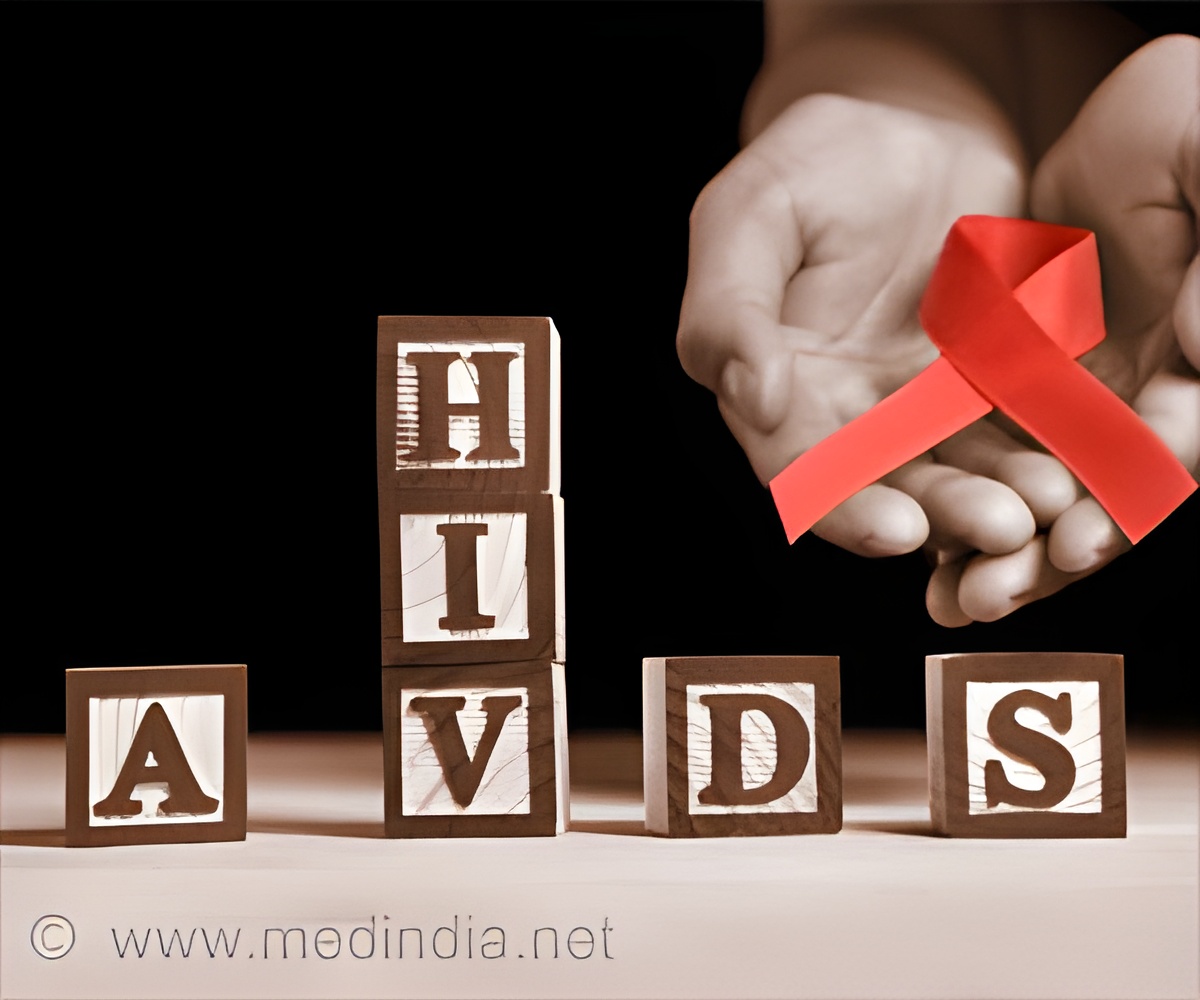
‘The Transmission Reduction Intervention Project’s (TRIP) recruiting techniques, including prioritizing networks of the recently infected, find undiagnosed HIV-positive people efficiently.’
Tweet it Now
Caring for people with HIV and limiting HIV transmission both depend on locating and diagnosing HIV cases, ideally soon after infection. Large-scale testing and various forms of outreach to key populations are common strategies for locating people who are undiagnosed. However, in many countries, including Ukraine, considerable resources are spent on HIV testing and a large number of HIV-negatives are found for each person who tests positive."Tracing social and risk networks has been found to help locate people recently infected with HIV, given that the virus is transmitted through sexual and injection risk networks," said Friedman, director of the Institute for Infectious Disease Research at NDRI and associate director and senior theoretician at CDUHR. "In addition, since social norms and rumors about HIV testing and treatment are likely to spread through social networks, which overlap to considerable degree with risk networks, this also lets us zero in on groups who would usually be unlikely to get tested on their own."
In this study, the researchers compared three projects and their ability to identify undiagnosed cases of HIV: The Transmission Reduction Intervention Project (TRIP), integrated bio-behavioral surveillance, and outreach testing. The research took place in Odessa, a large city in southern Ukraine and one of the areas where injection drug use and then an HIV epidemic began in the 1990s.
In TRIP, the researchers conducted network-based recruiting, counseling, and HIV testing from 2013 through 2016. Researchers recruited "seeds," or participants who were potentially recently infected and whose risk networks could then be tested. Risk networks included sexual partners, people participants injected drugs with, people who were present while participants were having sex or using drugs, and people recruited from small-size venues where participants went to inject drugs or locate sexual partners.
TRIP looked at two types of "seeds" - those recently infected plus their risk network members, as well as those with longer-term HIV infections and their networks. Recently infected participants are an important target group for intervention because transmission is particularly likely during this time due to high viral loads, lack of immune response, and potentially elevated rates of risky behaviors.
Advertisement
The researchers found that recruiting the risk networks of people infected with HIV through TRIP led to locating a significantly higher rate of undiagnosed positives than did either integrated bio-behavioral surveillance or outreach testing. TRIP tested 1,252 people for HIV, 183 (14.6 percent) of whom were HIV positive; the integrated bio-behavioral surveillance project tested 400 people and found 20 (5 percent) undiagnosed cases of HIV, while outreach testing was conducted on 13,936 people and found 331 (2.4 percent) undiagnosed cases of HIV.
Advertisement
In addition, within TRIP, recently infected participants' networks contained higher proportions of undiagnosed positives (16.3 percent) than the networks of longer-term infected people (12.2 percent).
Finally, TRIP was found to be a cost-effective method for identifying undiagnosed cases of HIV. For each person detected, the cost was $250 for TRIP, $387 for integrated bio-behavioral surveillance, $941 for outreach testing in 2013-14, and $653 for outreach testing in 2015-16.
Given the success of TRIP in Ukraine and similar findings from Athens and San Diego, the researchers recommend that TRIP's recruiting techniques, including prioritizing networks of the recently infected, be integrated with existing HIV testing programs to improve the identification of new HIV cases.
The complete study is published in the Journal of the International AIDS Society.
Source-Eurekalert














